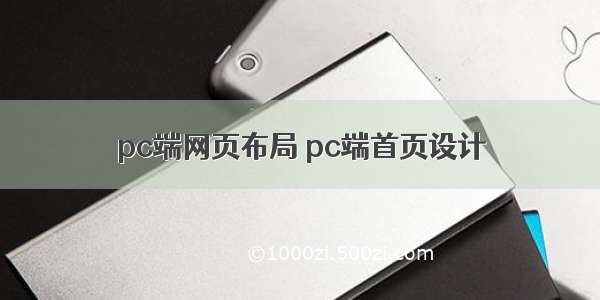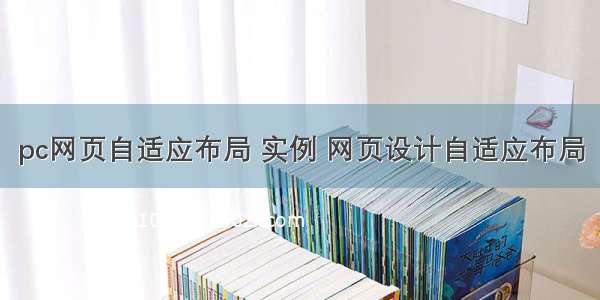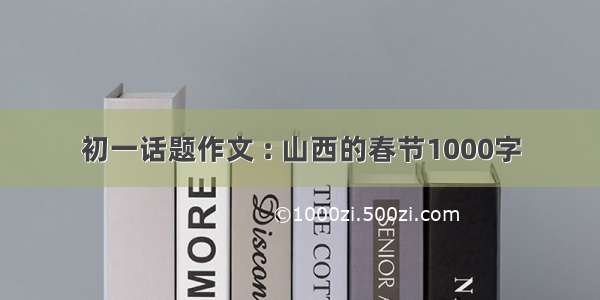
Overview
PC web pages are websites that are designed to be viewed on desktop or laptop computers. They are optimized for larger screens, keyboard and mouse input, and higher bandwidths. PC web pages typically have more complex layouts and designs, with more detailed graphics, animations, and interactive elements than mobile web pages.
Features
1. Screen size optimization
PC web pages are designed to be displayed on larger screens, usually at least 13 inches or larger. This allows for more complex layouts and designs to be used, with more detailed graphics and text that are easier to read. PC web pages also often make use of the full screen real estate, whereas mobile web pages are typically designed to fit within a smaller screen size.
2. Keyboard and mouse input
PC web pages are optimized for keyboard and mouse input, which allows for more precise navigation and interaction than touchscreens. This means that users can type in URL addresses, fill out forms, and navigate through menus more quickly and easily than on mobile web pages.
3. Higher bandwidth
PC web pages have typically access to higher bandwidth than mobile web pages, which allows them to load more quickly and handle more complex multimedia. This means that PC web pages can include videos, animations, and interactive elements that would be too large or slow to load on mobile web pages.
4. Complex layouts and designs
With the larger screen sizes available on PCs, web designers can create more complex and visually stunning layouts and designs. This can include things like multiple columns, images, and animations that can be replicated on smaller screens. PC web pages often have a more professional image and are suited for more complex websites such as e-commerce shops.
5. Responsive design
With the emergence of many different screen sizes and resolutions, responsive design is essential to make a PC web page look good on all devices. Web designers use responsive design techniques to automatically adjust the layout and size of web page elements based on the screen size and orientation. This allows PC web pages to look great on all devices, including tablets and mobile phones.
6. Browser support
PC web pages are designed to work with a wide range of web browsers, including Internet Explorer, Chrome, Firefox, and Safari. Web developers use standards-based coding techniques to ensure that their pages work correctly in all the major web browsers.
7. Compatibility with plugins
PC web pages can make use of plugins to add additional functionality to their pages. For example, web developers can use Flash to add animations and interactive elements to their pages, or Java to create interactive web applications. While some these plugins are not so frequently used currently, in the past they have been the reason for many security risks.
Conclusion
PC端网页设计是指在个人电脑或笔记本上通过浏览器访问的网页设计,其主要目的是通过合理的页面布局和设计,使用户更好地浏览和获取信息。随着互联网的发展和普及,PC端网页设计也呈现出了多样的发展趋势和新的设计理念。
2. PC端网页设计的关键要素
2.1 页面布局
页面布局是PC端网页设计中的关键要素之一,也是用户最容易直接感受到的因素之一。页面布局要考虑到用户在浏览网页时的习惯和需求,同时合理分配不同部分的大小和位置,使得用户能够更加舒适地浏览网页。
2.2 颜色和字体
颜色和字体也是PC端网页设计中的重要要素,合理的字体和颜色设计能够直接影响用户对网页的评价和使用。尤其是在选择颜色时,需要考虑到适合的颜色搭配,以及对不同用户群体的心理和文化因素的影响。
2.3 图片和视频
图片和视频在PC端网页设计中也是重要的元素。它们不仅可以丰富网页内容,还可以通过视觉感受来吸引用户,提升用户的使用体验。
2.4 交互设计
交互设计是指用户与网页的互动与体验,也是PC端网页设计中的重要要素。合理的交互设计能够提高用户的使用体验,并且有利于用户与网页的互动交流,增强用户对网页的信任和认同感。
3. PC端网页设计的趋势
3.1 响应式设计
响应式设计是指通过屏幕尺寸的自适应,使网页在不同设备上都能够呈现出最佳的效果。响应式设计已成为PC端网页设计中的一个重要趋势,它可以使网页对不同设备的适应性更强,提升用户的使用体验。
3.2 平面设计
平面设计是指通过二维去除原有的三维效果,形成更加抽象的图形和颜色设计,整体给人一种平面感。平面设计已经成为PC端网页设计中的一个重要趋势,通过扁平化的设计语言,提供了简约、直观、易于理解和操作的用户体验,适合快节奏生活的用户群体。
3.3 交互动画
交互动画是指通过动画效果来提升用户的用户体验。这种设计趋势在PC端网页设计中越来越流行,可以利用动画来增加用户对网页的注意力和兴趣,并且吸引用户进一步了解网页的内容和功能。
4. PC端网页设计的技巧
4.1 合理的页面布局
为了实现更好的用户体验,合理的页面布局是PC端网页设计的关键。当选择页面布局时,设计师应该考虑用户的浏览习惯和需求,以及突出重点信息和各种元素的协同关系和功能。
4.2 选择适宜的颜色和字体
颜色和字体设计是PC端网页设计中的重要要素之一。在选择颜色时,设计师应该考虑用户的文化背景和心理,选择具有吸引力和品质感的颜色。在选择字体时,设计师应该考虑字体的可读性,并且选择简约、规范、有品质感的字体。
4.3 布局和内容的合理分配
在设计PC端网页时,应该将各种元素的位置、大小和内容的重要性合理分配,突出重点信息和功能。创造一个简洁、直观和吸引的界面,使用户能够轻松地了解和使用网页的内容和功能。
4.4 引导用户的操作
在设计PC端网页时,应该考虑到用户的操作和体验。例如,设计应该始终突出重点信息和功能,使用户可以轻松地了解和使用关键功能。设计师还可以通过引导、提示和动画等技巧,吸引用户参与和互动。
5. PC端网页设计的实践
5.1 明确网页目的和受众
在设计PC端网页时,需要明确网页的目的和受众。例如,设计师应该思考用户群体的特点和需求,并根据这些特点和需求进行设计。此外,设计师还可以通过分析用户数据来了解用户的浏览行为和喜好,优化网页的设计和功能。
5.2 设计一个有吸引力和品质感的界面
PC端网页的界面设计是关键之一。设计师应该设计出一个简约、美观、可读性强的网页界面,突出网页的主题和品质感。此外,设计师还可以使用动画和视频等多媒体元素来提高网页的吸引力。
5.3 整合创意和实用性
PC端网页的创意设计和使用功能必须平衡。在设计网页时,设计师应该将鲜明的设计风格与实际的用户需求结合起来,并且要注意可操作性和可用性。此外,设计师还可以使用创意和新颖的设计元素来增强用户对网页的印象和吸引力。
5.4 增强用户体验
在设计PC端网页时,设计师应该注重用户体验的优化。例如,使用交互动画来引导用户操作和体验,提高网页的用户友好性。此外,设计师还可以使用响应式设计来适应不同终端设备尺寸,提高用户在PC端浏览网页的舒适度和方便性。
6. 改善和更新PC端网页设计
PC端网页设计需要不断优化和改进,来满足越来越高的用户体验标准和需求。例如,设计师可以不断更新网页的内容和功能,考虑到用户的反馈和建议,对网页的设计和功能进行优化。此外,设计师还需要随时关注新的设计趋势和技术,提高网页设计的创新性和实用性。
7. 结论
综上所述,PC端网页设计是一个综合性的设计工程,需要设计师在多种要素中进行深入探讨和实践,提高用户的体验。通过对PC端网页设计的介绍和分析,我们可以发现,优秀的PC端网页设计应该具有简约、实用、美观和创新等特点,同时要综合考虑用户的需求和反馈。只有这样,设计师才能够设计出更加优秀和满意的PC端网页来。
















